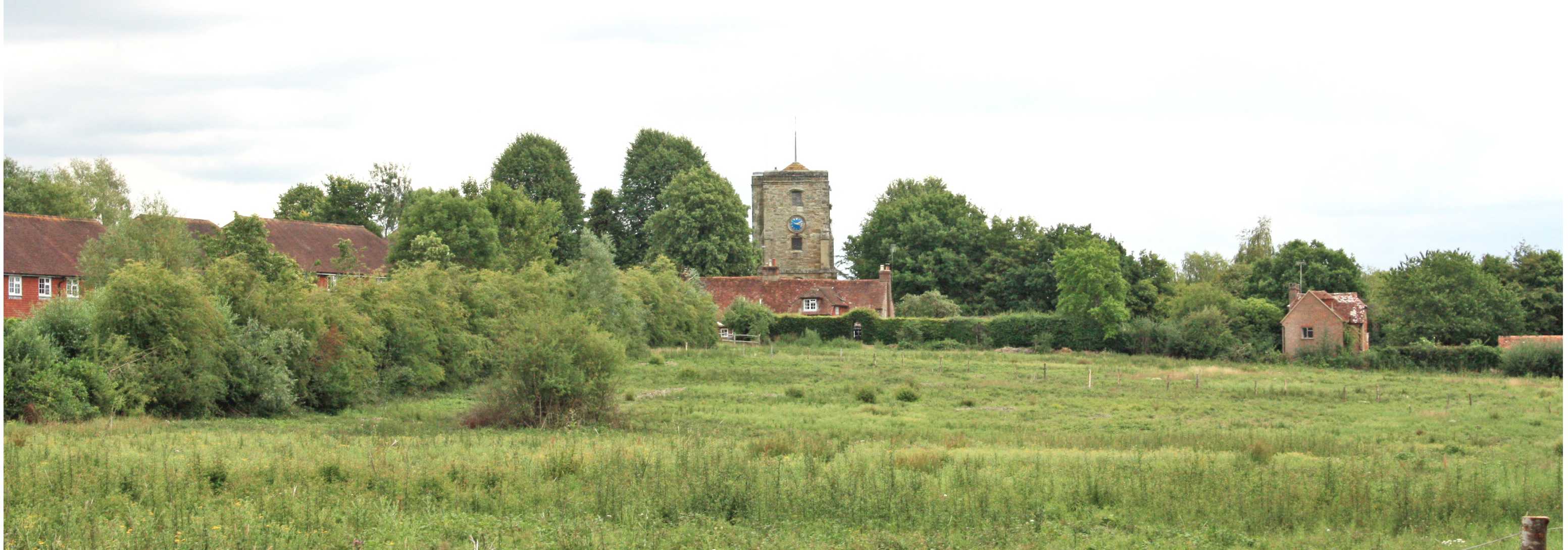Townfield Meadows
Ecological Enhancements
The current masterplan has evolved following extensive ecological surveys and advice from a qualified ecologist, with the aim of achieving 10% biodiversity net gain on the site.
Seven bird species of conservation interest were recorded within the site, of which five were probable or confirmed breeding bird species. These can be divided into two groups:
1) Those nesting and largely feeding in and near hedges, scrub or woodland – nightingale & dunnock;
2) Those nesting in hedges, scrub or woodland, but taking much / all of their food from open land – song thrush, house sparrow & starling.
The single pond currently on-site was assessed for its suitability for supporting presence of Great Crested Newts (GCNs) using the Habitat Suitability Index (HSI); however, the assessment resulted in negative presence of GCNs. A population of slow worms, dormice, common lizards and grass snakes have been identified on-site.

Proposed measures to boost the biodiversity of the site and protect existing species include:
- The boundary tree lines and scrubland along the edges of the site will be retained to allow the potential movement of species across the site. This will allow for a range of wildlife to disperse around the site edges, maintaining connectivity across the landscape.
- New ponds will also be created on site to provide new opportunities for biodiversity and to provide a new ecological network.
- The southern part of the open space will be left as a grassland area to function as a reptile receptor site.
- Existing natural corridors will be enhanced with further understorey planting along with shrubs. These are important sources of food for native wildlife and will provide a layering of different habitats along the boundaries of the site.
- Creation of additional woodland patches connected to corridors will enhance the biodiversity of the site and create shelter and hibernation habitat for a range of wildlife.
- The proposals have been designed with birds in mind, with consideration of the use of appropriate nest boxes, creation of new high-quality bird nesting and foraging habitat, and, use of protective buffers to existing dense scrub and semi-natural woodland habitat.

Dense scrub to the west of the site will be retained

Vegetation along the north-eastern and eastern site boundary will be enhanced
Contact Us
If you have any queries, please contact Adam Robinson of SP Broadway on
07711 262 925 or at adam@spbroadway.com

